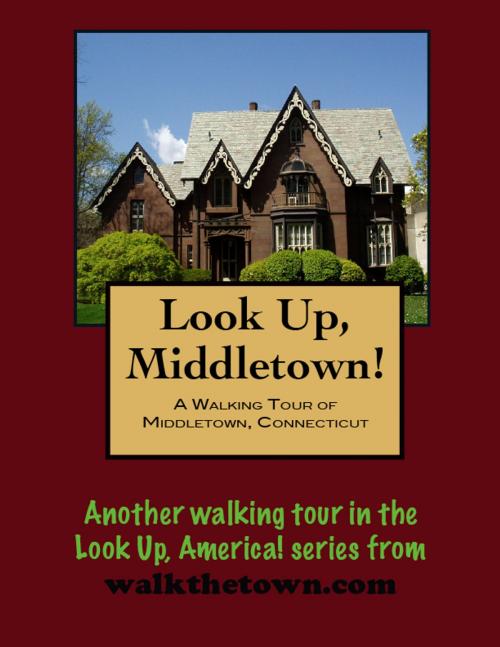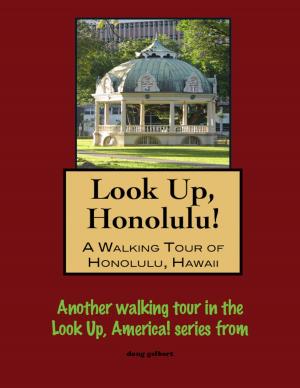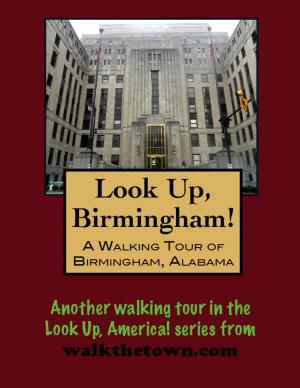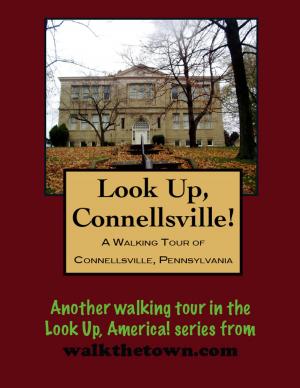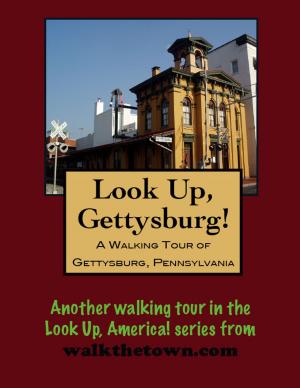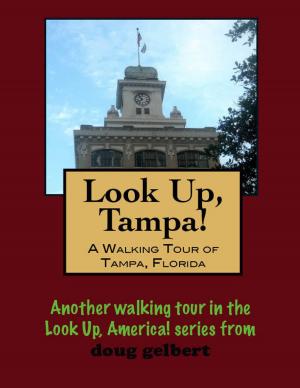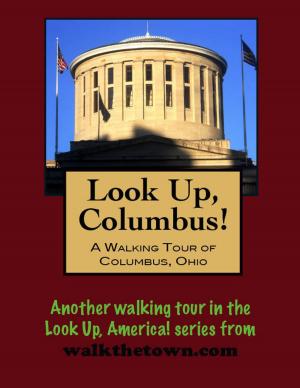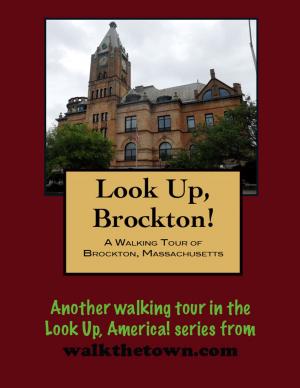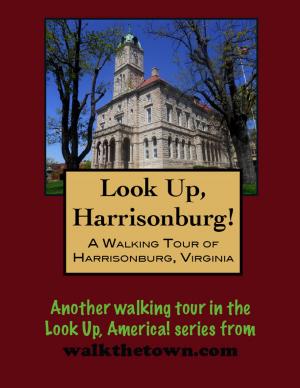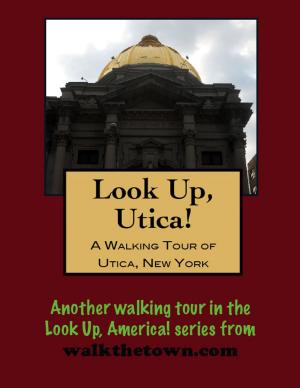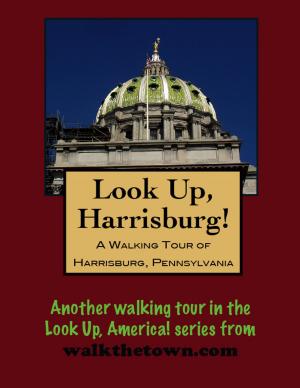| Author: | Doug Gelbert | ISBN: | 9781458025463 |
| Publisher: | Doug Gelbert | Publication: | March 2, 2011 |
| Imprint: | Smashwords Edition | Language: | English |
| Author: | Doug Gelbert |
| ISBN: | 9781458025463 |
| Publisher: | Doug Gelbert |
| Publication: | March 2, 2011 |
| Imprint: | Smashwords Edition |
| Language: | English |
There is no better way to see America than on foot. And there is no better way to appreciate what you are looking at than with a walking tour. This walking tour of Middletown, Connecticut is ready to explore when you are. Each walking tour describes historical, architectural landmarks, cultural sites and ecclesiastic touchstones and provides step-by-step directions.
Every tour also includes a quick primer on identifying architectural styles seen on American streets.
The first settlers from Hartford and Wethersfield found this spot on a big bend in the Connecticut River in 1650. They laid out a street above the flood plain that ran parallel to the water, today’s Main Street, and named the village Middletown because it was more or less midway between Saybrook and Hartford on the river. The fertile alluvial plain and the favorable geography allowed the town to flourish immediately. By 1756 Middletown, with its population of 5,664, was the largest and wealthiest town in the state of Connecticut. It was Connecticut’s most important port because it was the leading shipping center for the West Indies trade. Later it was a key player in the China trade.
Other Middletown citizens were busy on the land with carpenters and shipwrights and stonecutters and artisans. A local mine produced lead. Middletown rivaled Boston and Philadelphia as a pewter center. Unfortunately inland sea ports faced a disadvantage with the arrival of larger sea-going ships and Middletown’s trade slipped away in the 19th century. Wesleyan College was established in 1831 which helped attract other cultural institutions. As the town’s industry diversified, Main Street grew ever more commercialized and residents moved up the hill to High Street.
Through Middletown’s connections with three railroad lines, the Air Line, the Berlin Branch and the Connecticut Valley, the city was linked to local and national networks of rail transportation by the early 1870s. This encouraged the growth of both established industries which continued to serve regional needs and specialized industries supplying national markets. Rubber was an early product line here. And pumbs. And silverware. And typewriters. The U.S. Census of Manufacturers listed 131 firms in Middletown in 1870.
Our walking tour will start on Main Street where most of the commercial buildings are of 20th century vintage and work our way to High Street that is lined with high-style 19th century mansions, most of which have been absorbed into Wesleyan College...
There is no better way to see America than on foot. And there is no better way to appreciate what you are looking at than with a walking tour. This walking tour of Middletown, Connecticut is ready to explore when you are. Each walking tour describes historical, architectural landmarks, cultural sites and ecclesiastic touchstones and provides step-by-step directions.
Every tour also includes a quick primer on identifying architectural styles seen on American streets.
The first settlers from Hartford and Wethersfield found this spot on a big bend in the Connecticut River in 1650. They laid out a street above the flood plain that ran parallel to the water, today’s Main Street, and named the village Middletown because it was more or less midway between Saybrook and Hartford on the river. The fertile alluvial plain and the favorable geography allowed the town to flourish immediately. By 1756 Middletown, with its population of 5,664, was the largest and wealthiest town in the state of Connecticut. It was Connecticut’s most important port because it was the leading shipping center for the West Indies trade. Later it was a key player in the China trade.
Other Middletown citizens were busy on the land with carpenters and shipwrights and stonecutters and artisans. A local mine produced lead. Middletown rivaled Boston and Philadelphia as a pewter center. Unfortunately inland sea ports faced a disadvantage with the arrival of larger sea-going ships and Middletown’s trade slipped away in the 19th century. Wesleyan College was established in 1831 which helped attract other cultural institutions. As the town’s industry diversified, Main Street grew ever more commercialized and residents moved up the hill to High Street.
Through Middletown’s connections with three railroad lines, the Air Line, the Berlin Branch and the Connecticut Valley, the city was linked to local and national networks of rail transportation by the early 1870s. This encouraged the growth of both established industries which continued to serve regional needs and specialized industries supplying national markets. Rubber was an early product line here. And pumbs. And silverware. And typewriters. The U.S. Census of Manufacturers listed 131 firms in Middletown in 1870.
Our walking tour will start on Main Street where most of the commercial buildings are of 20th century vintage and work our way to High Street that is lined with high-style 19th century mansions, most of which have been absorbed into Wesleyan College...
